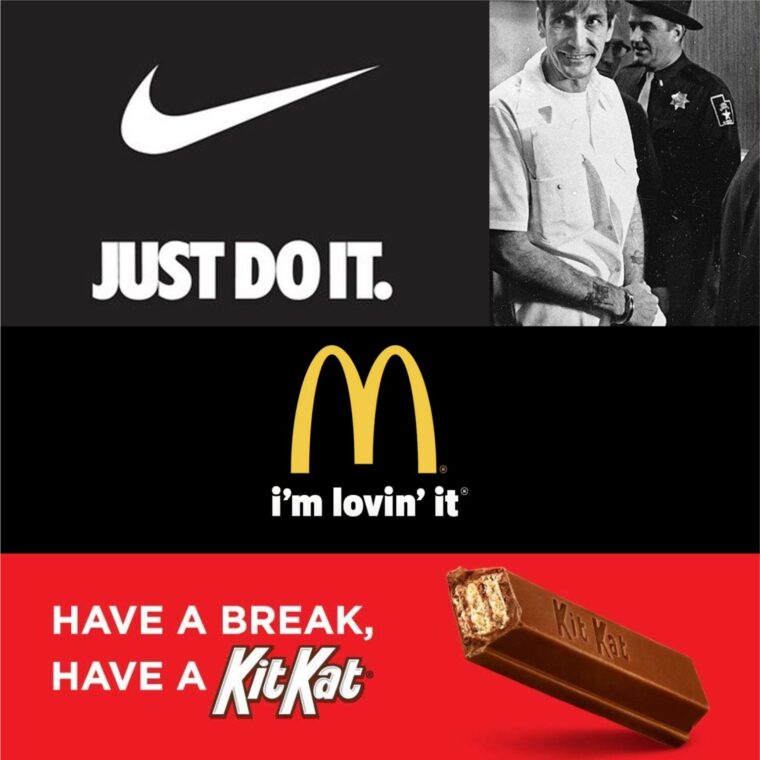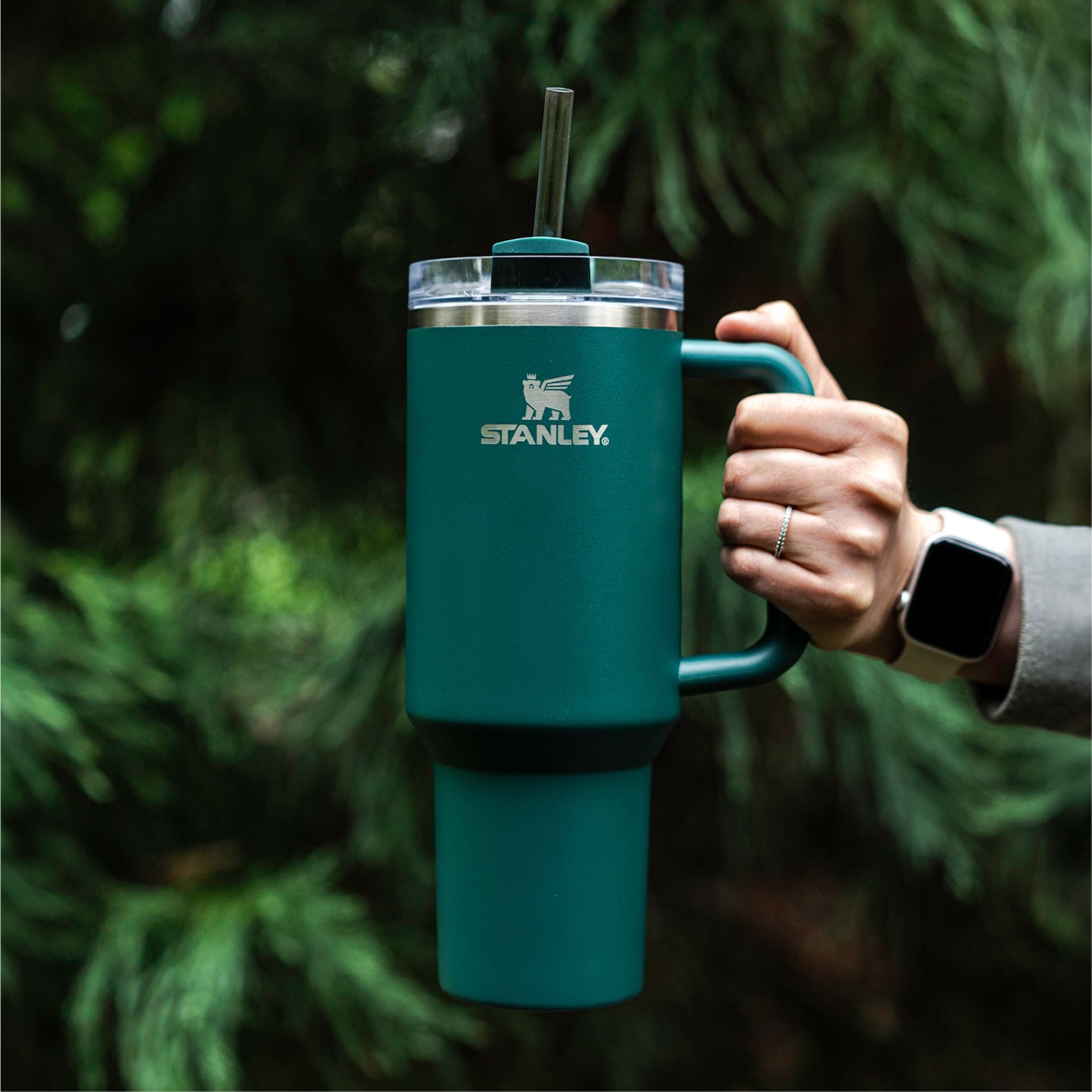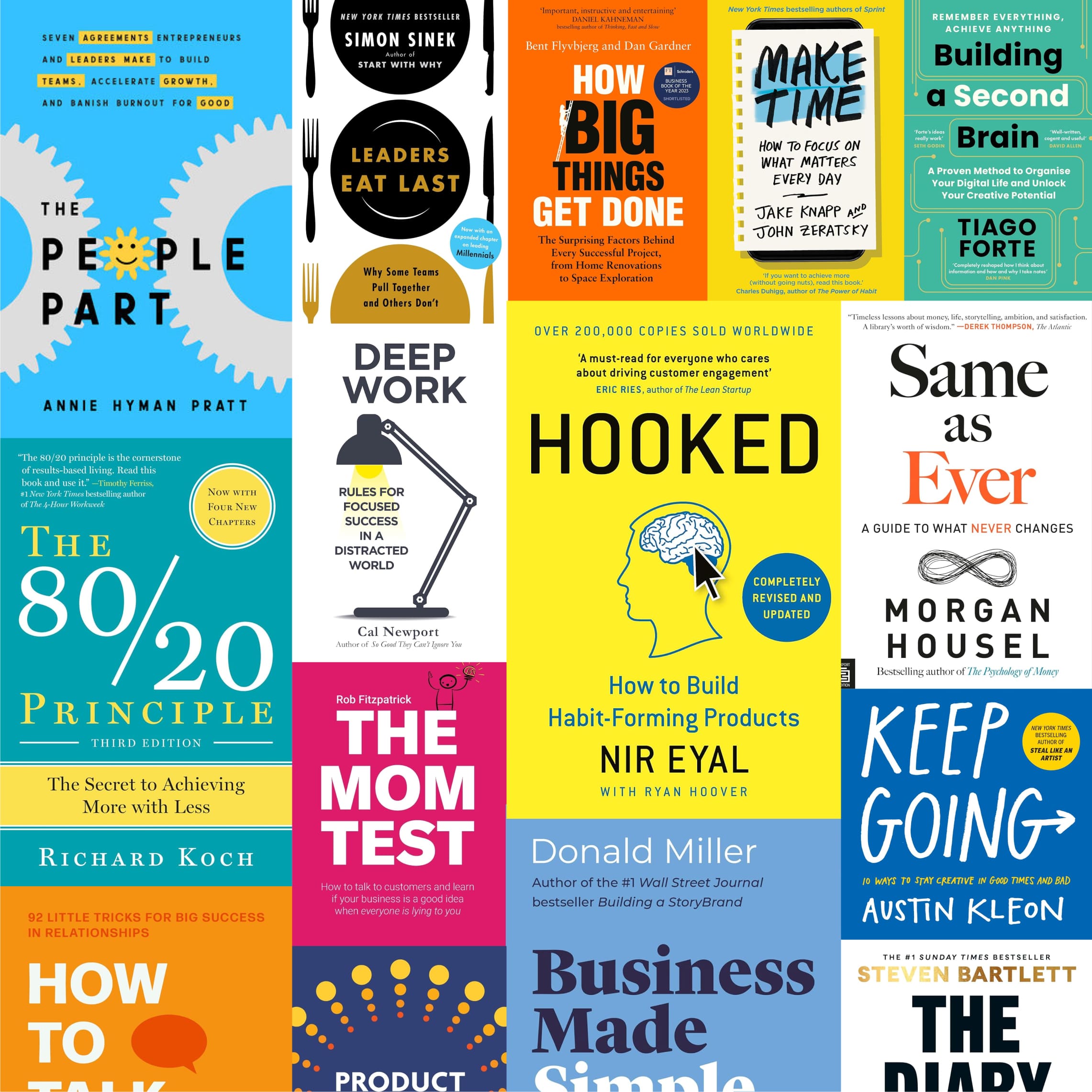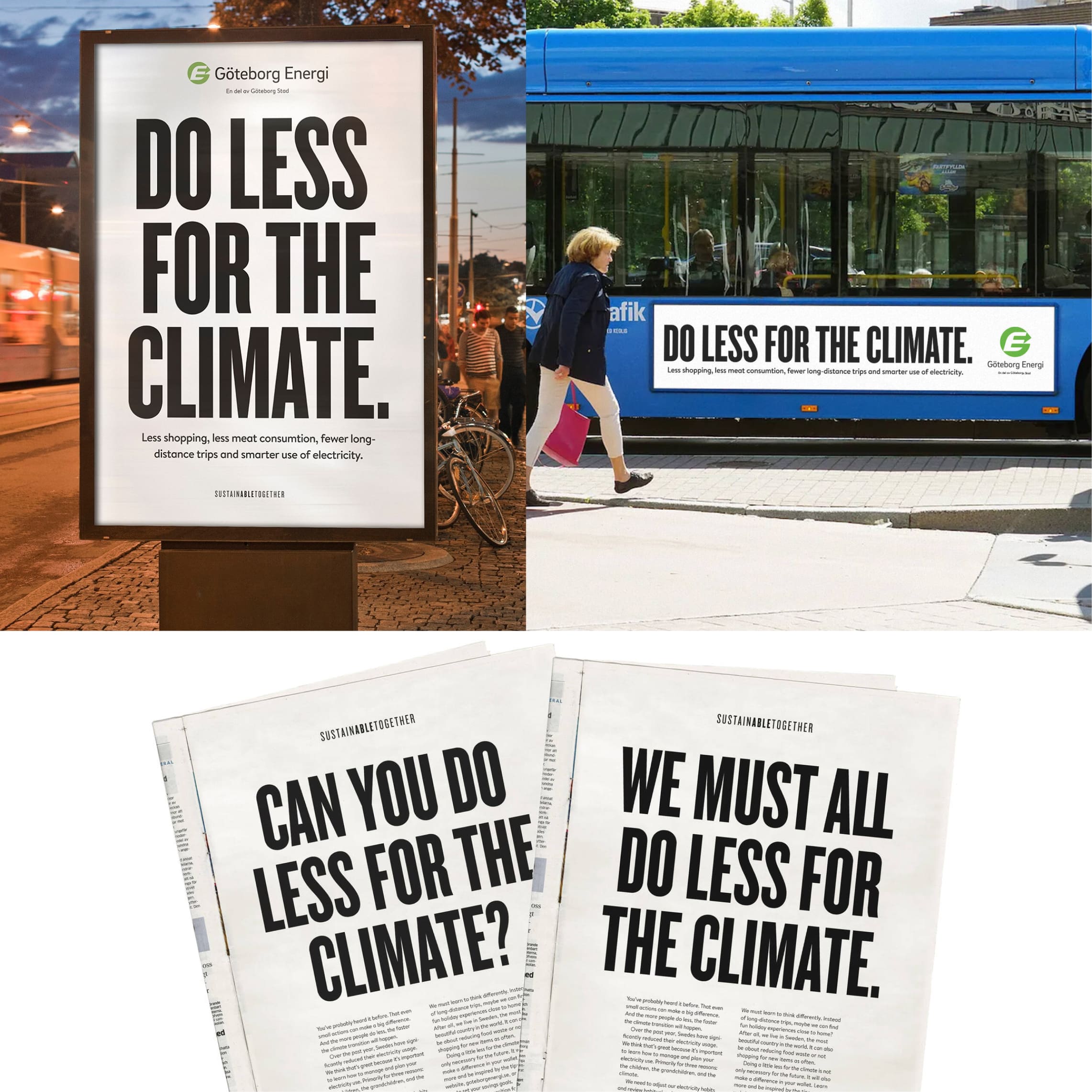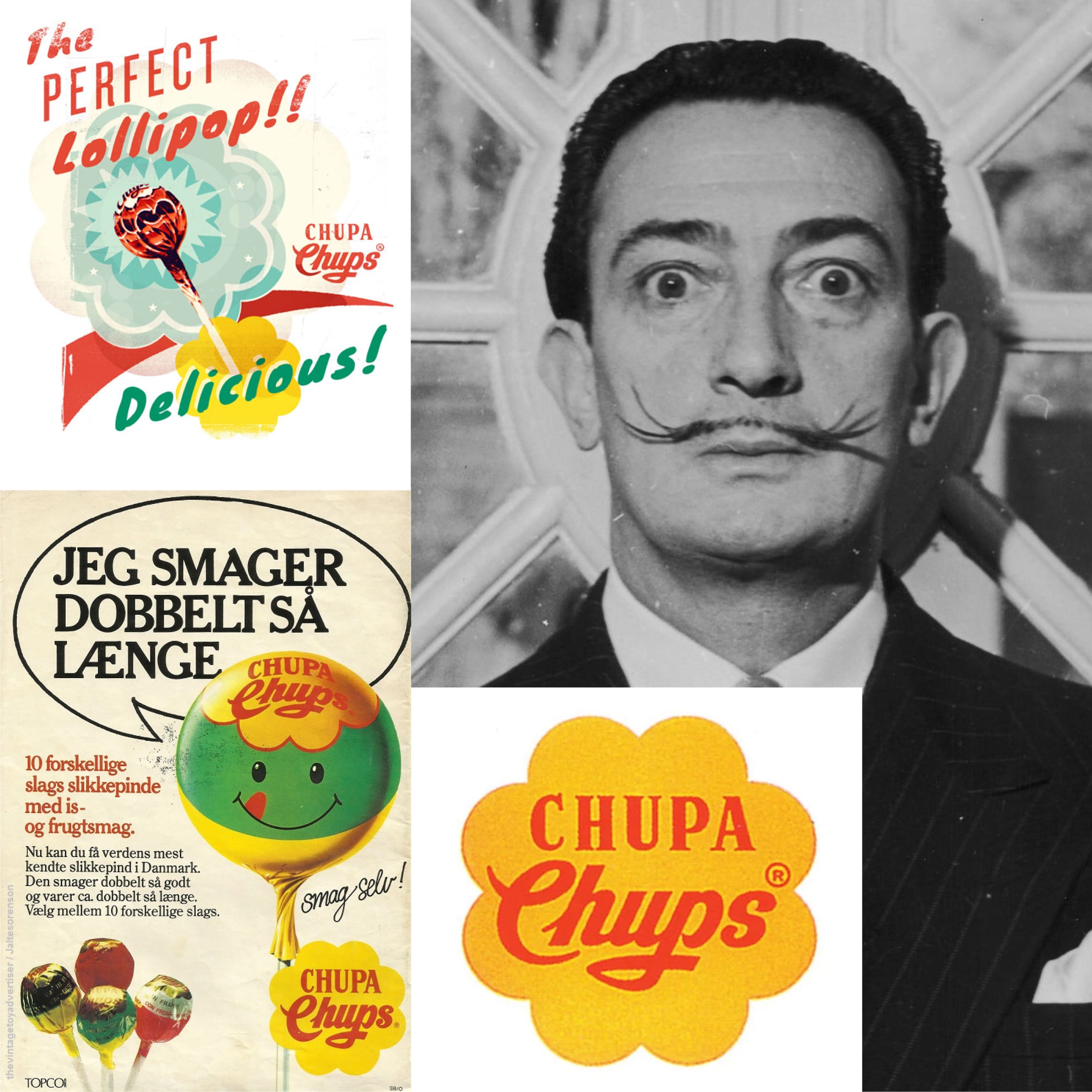The skill of creating a memorable catchphrase is much like the magic of alchemy. Transforming a few words into cultural gold is no easy feat, but it can resonate through time when it’s done right. Some slogans not only market a product but seep into our daily language and shape societal dialogues.
Take Nike timeless “Just Do It,” coined in 1988. The phrase was inspired by the last words of a convicted criminal, Gary Gilmore, who said, “Let’s do it” just before his execution. Ad exec Dan Wieden morphed it slightly, and the rest is history.
“Just Do It” went beyond selling sneakers. It became a mantra for motivation and pushing past limits. It whispered in the ears of athletes on track and urged procrastinators to take that first step. It was simple yet powerful, propelling Nike’s brand to astronomical heights.
Similarly, McDonald’s “I’m Lovin’ It” became synonymous with more than just fast food. Introduced in 2003 and voiced by pop sensation Justin Timberlake, the jingle wasn’t just about enjoying a meal. It became a cultural phrase denoting approval and pleasure, a testament to McDonald’s understanding of the universal joy in small moments.
Then there’s the timeless “Have a Break, Have a KitKat Chocolatory“. First used in the 1950s, the phrase cleverly associated the chocolate bar with relaxation and leisure. The slogan didn’t just sell chocolate; it sold an experience. Over the years, “Have a Break” has been used in countless situations, urging people to pause and enjoy life.
These slogans transcended their marketing origins. They tapped into universal feelings and became shorthand for emotions and actions. Just as a good story stays with you, a good slogan lingers in the mind, eventually becoming a part of the cultural lexicon.
In the end, it’s about more than selling a product. It’s about creating a narrative, an ethos, and embedding it in the consciousness of society. Like a catchy tune, these slogans repeat in our minds, echoing across generations.
